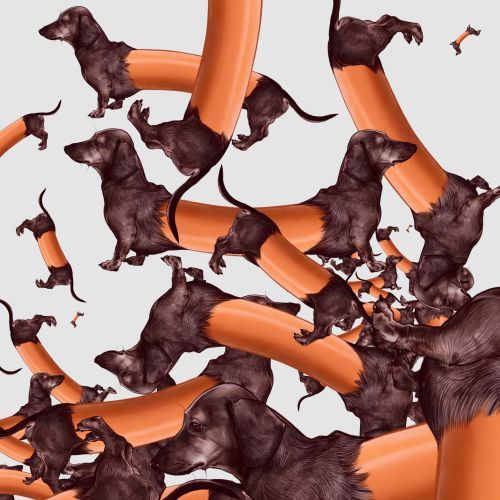Life millions of years ago: jellyfish, whales and mammals preying on dinosaurs
Used in cooking to create flavours and aromas, the Maillard reaction may have contributed to life on Earth. It consists of chemical reactions that occur mostly because of heat between amino acids and reducing sugars. According to scientists from the University of Leeds, this chemical process, which browns food to give it a distinct smell and taste, probably takes place in the ocean depths, where it helped to create the conditions necessary for life.
At the Burgess Shale paleontological site in Canada, a 505-million-year-old fossil of what is believed to be the oldest known species of swimming jellyfish has been discovered. Burgessomedusa phasmiformis had a saucer- or bell-shaped body, was up to 20 cm tall, and had about 90 short tentacles. The Perucetus colossus whale living 39 million years ago may have been the heaviest animal ever living on Earth. Based on fossils found in southern Peru, the weight of the extinct whale skeleton alone can be estimated at 5 to 7 tons, which is two to three times more than the 25 m-long blue whale skeleton. Perucetus colossus may have weighed from 85 to 340 tons.
A Chinese and Canadian study of a 125-million-year-old fossil in China suggests that ancient mammals may have attacked and eaten larger dinosaurs. According to Steve Brusatte, a palaeontologist at the University of Edinburgh, the discovery “turns an old story on its head” because dinosaurs were previously thought to rule the world and small mammals were “overshadowed” by them.
























